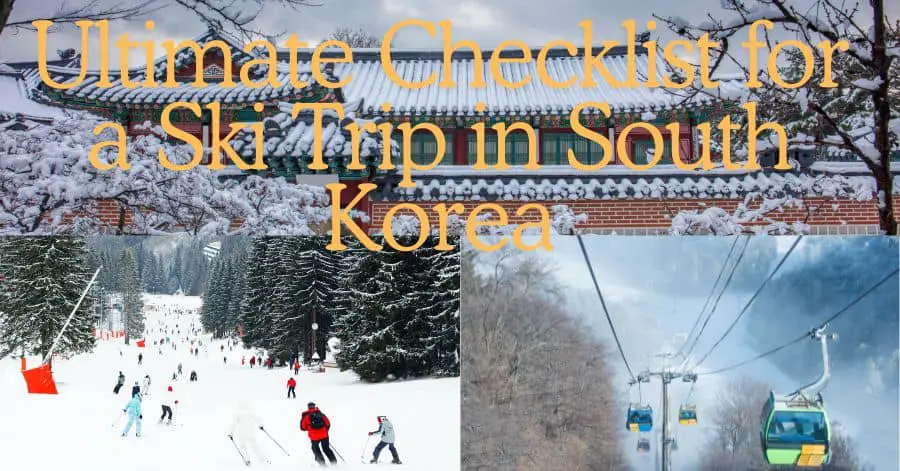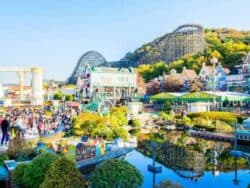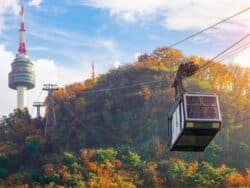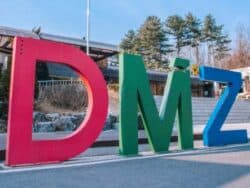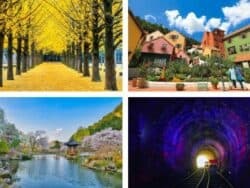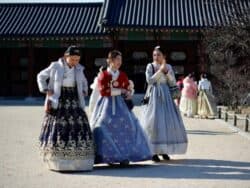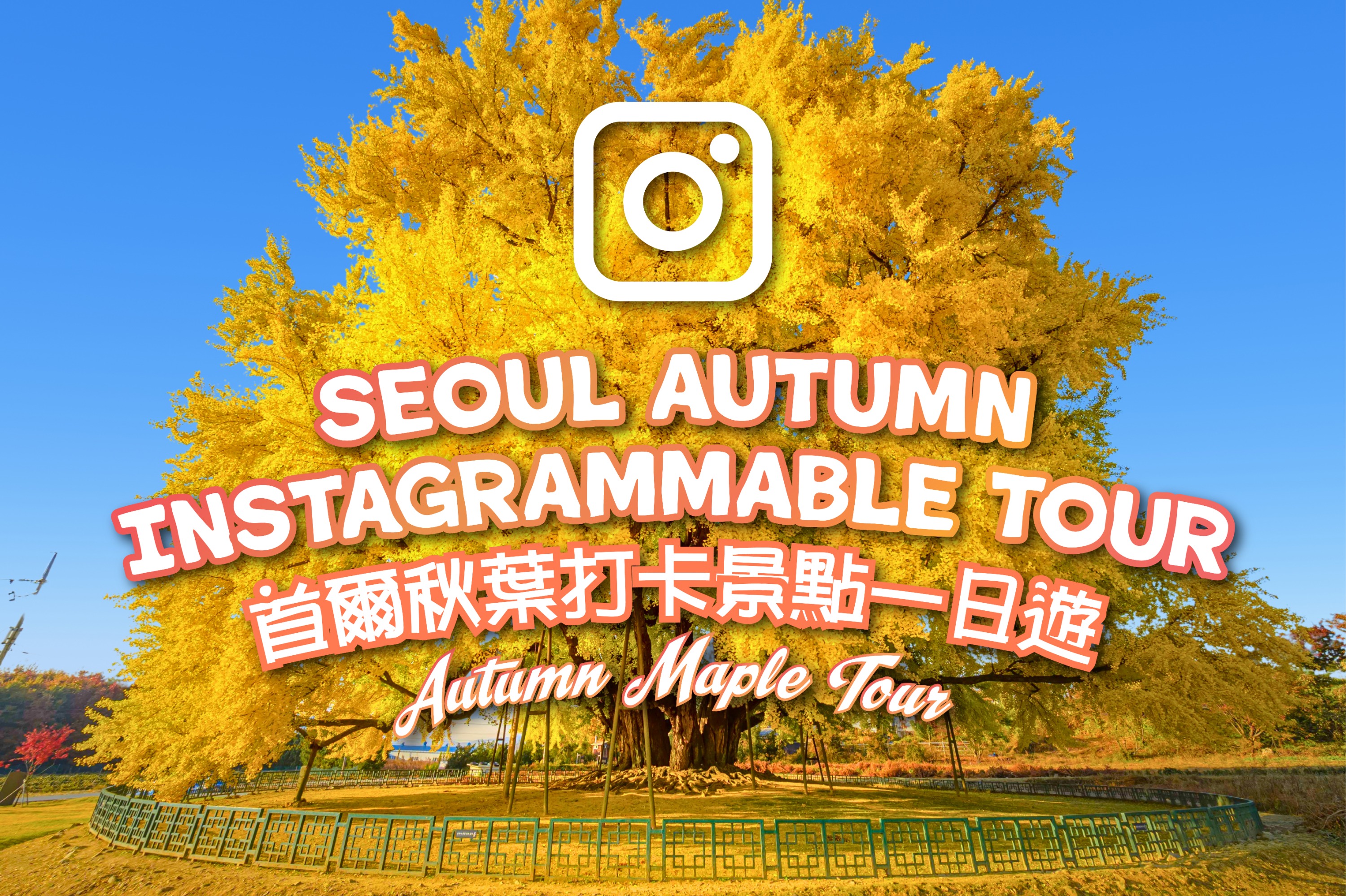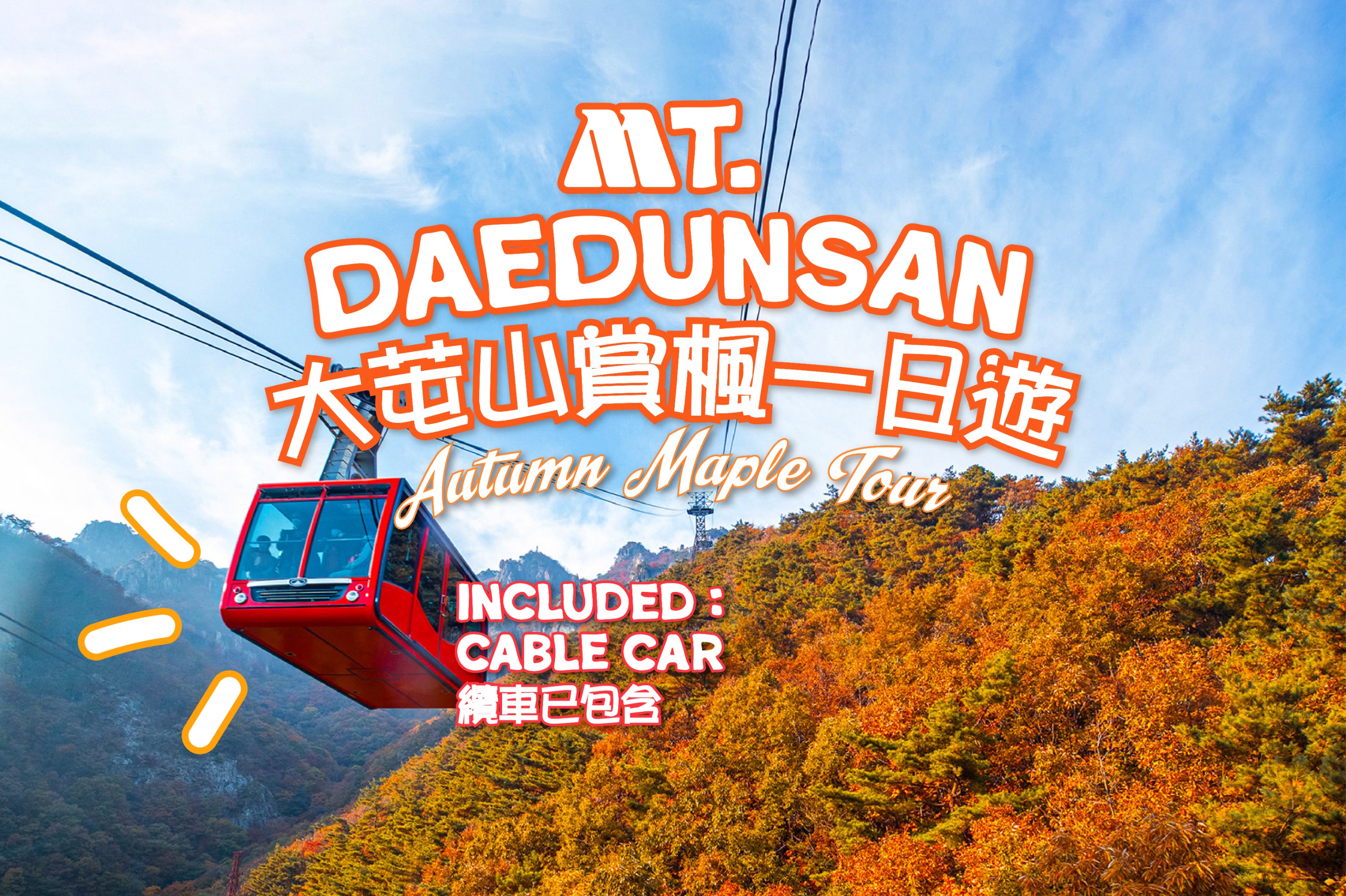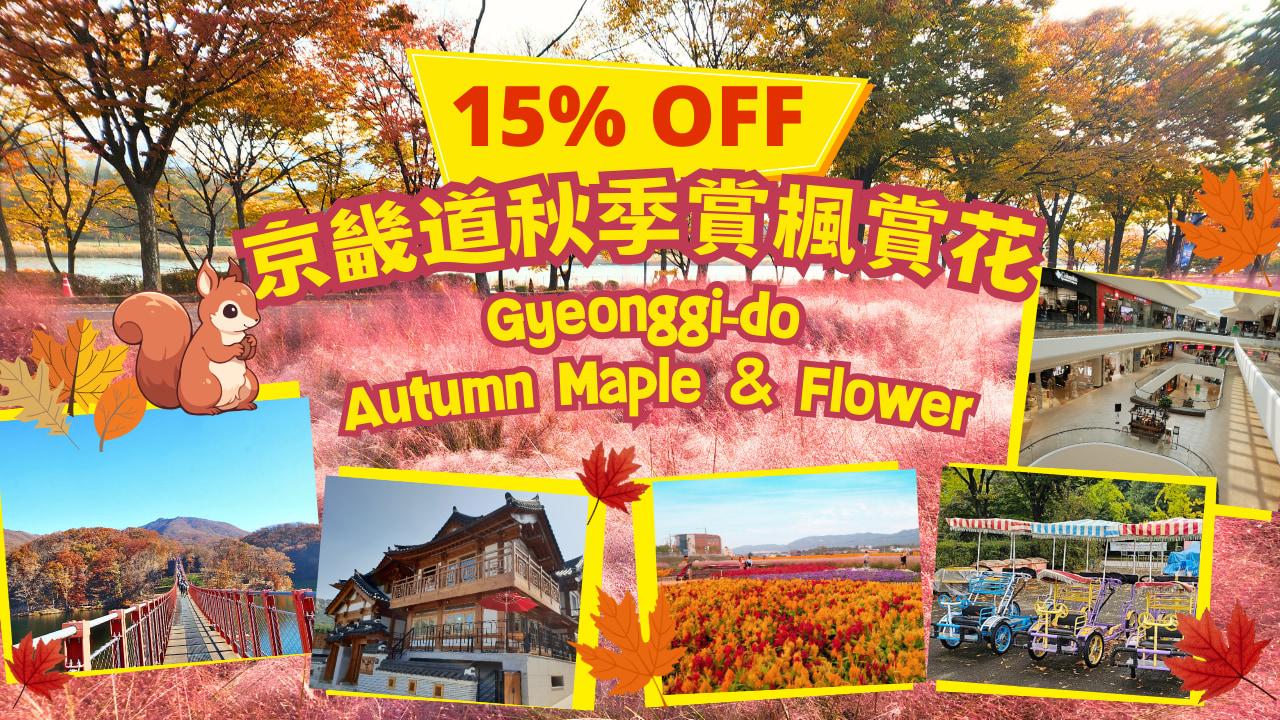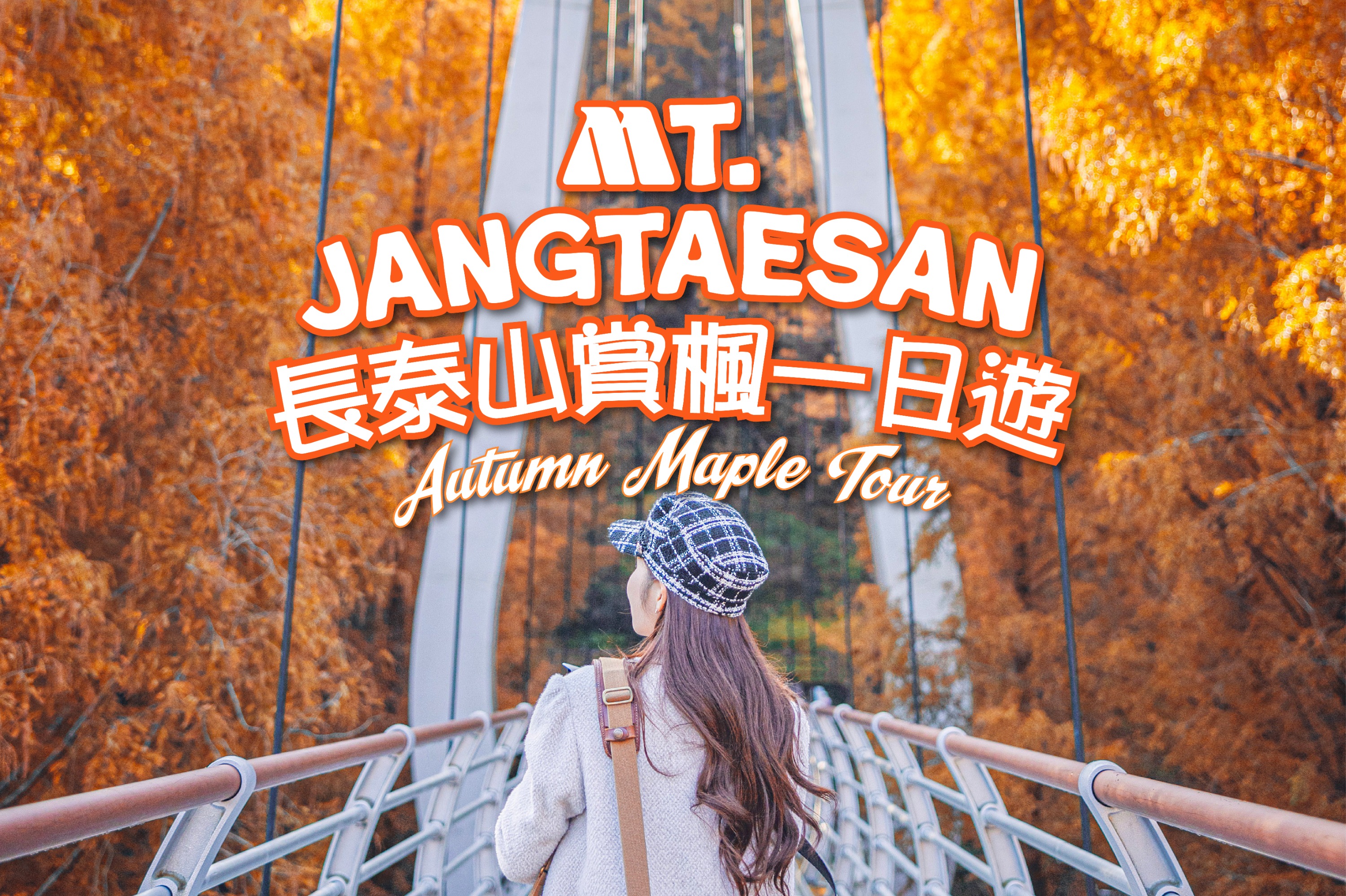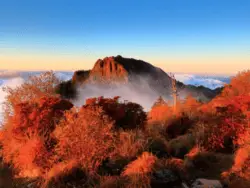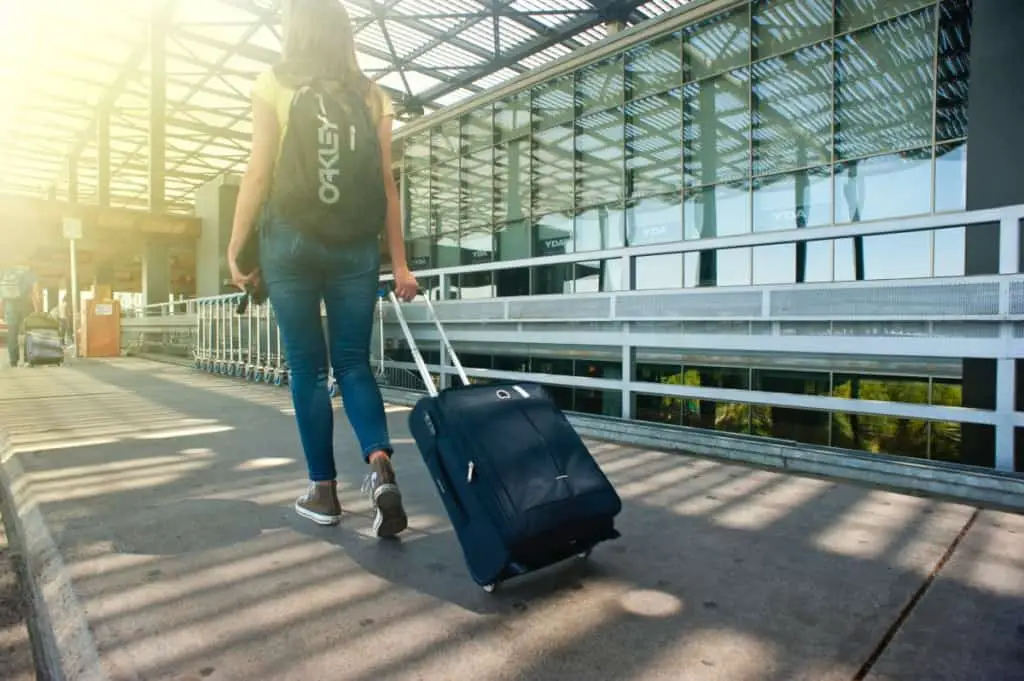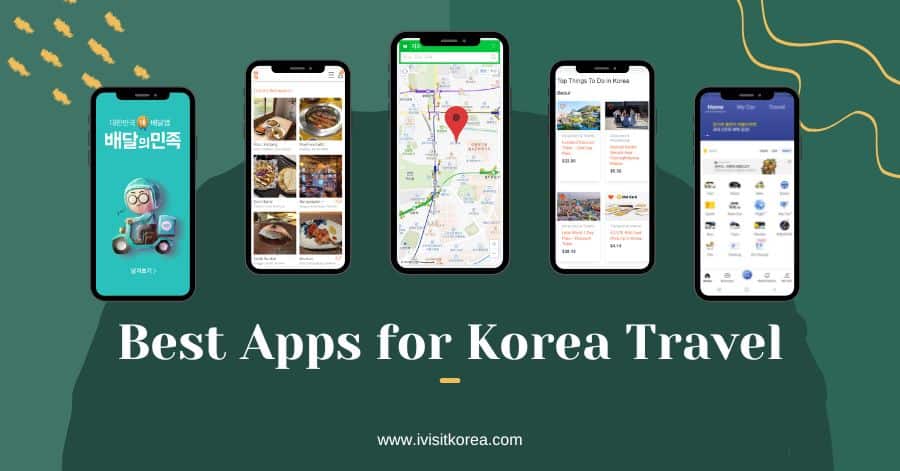The winter is here! South Korea recently saw its first snowfall, and everyone is excited about it, with many eager to go skiing. Thanks to the country’s mountainous nature, skiing is one of the must-do Winter things. While Seoul doesn’t have a ski resort, you will find many in Gangwon-do, Jeolla-do, Gyeongsan-do, Pyeongchang, and Hongcheon. The slopes are beginner-friendly, and ski resorts cater to foreigners and Korean visitors. It might be tricky for a novice to ski in Korea. Hence, we present the Ultimate Checklist for a Ski Trip in South Korea, a helpful handbook offering tips about gear, clothing, transportation, and more.
Also Read:
- Ski Resorts in Korea: 2024-2025 Opening Dates and Highlights
- Winter in South Korea: A Symphony of Snow, Lights, and Warmth
- Things to Do in Korea in Winter
Essential Items to Pack for Your Ski Trip
Before planning any trip, the first thing you need to do is pack. This includes clothes, skincare products, toothbrushes, hair care products, toiletries, and accessories. A ski trip in South Korea sounds exciting, but only if you know what to take with you. You can pack lightly and don’t need to carry enormous suitcases or luggage. We have listed some of the essential items to pack for your ski trip down below:
Warm Clothing
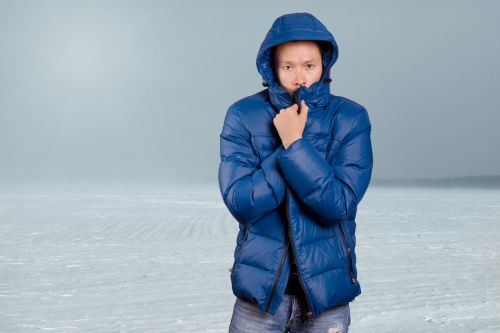
South Korea is a winter wonderland from December to March. Imagine thick snow-covered streets, snow-based activities, and exciting winter festivals. Ski resort towns are heavily crowded with tourists at this time of the year. Although winter is charming, Korea’s cold is not to be underestimated. The temperatures in winter can plummet to as low as -20 degrees Celsius. Hence, the first thing you must pack is warm clothing.
Pack woolen sweaters, winter coats, scarves, gloves, and padded jackets. You can also buy thermal tops, waterproof jackets, and thick socks. If you want to wear skirts, wear fleece-lined leggings or thighs that accentuate your legs while keeping you warm. Moreover, visitors can buy Hot Packs from local stores. These disposable hand warmers are ideal for those on a ski trip.
You May Like To See:
Sunscreen and Sunglasses

While packing skincare products, you can’t miss sunscreen. Surprisingly, it’s easier to get sunburnt when skiing than sunbathing on a beach. That’s because snow reflects up to 90% of the sun’s UV radiation, meaning you can be exposed to almost double the amount of UV rays directly from the sun and indirectly off the snow. Hence, you must always carry a pocket-sized sunscreen and apply it every few hours while skiing. Always choose sun cream with a broad spectrum and a high UVA protection rating. Check this blog on Best Korean Sunscreens.
Sunglasses are another effective tool against UV rays. They are ideal for sunny and winter days. Moreover, sunglasses protect eyes from on-mountain hazards. Snow generally reflects light, which might cause eyestrain. Also, ice particles or dust can enter your eyes if you are skiing without wearing goggles. Hence, always wear sunglasses while skiing.
Water and Snacks
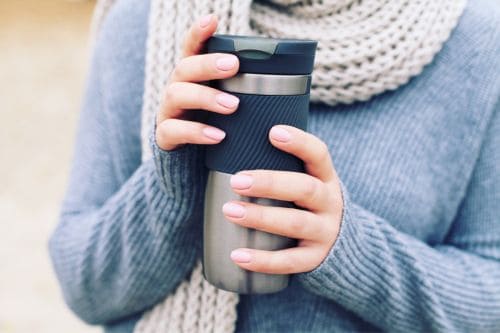
Always stay hydrated and energized on the slopes. Always carry a water bottle while on a ski trip in South Korea. You can also take hot water in a thermal flask. Likewise, skiers can carry ample winter snacks during their ski expeditions. Some of the favorite Korean winter snacks are Bungeoppang (fish-shaped bun with sweet red bean paste fillings), Hotteok (a filled pancake), eomuk (an Asian-style fish cake), and Gyeran-ppang (egg bread). You can also take fruits like apples, bananas, strawberries, blueberries, and raspberries.
Renting Ski Equipment and Clothing
Skiing requires professional ski gear like snowboards and skis. You can not always carry these items to your ski destinations. Thankfully, South Korea’s ski resort towns usually offer rental services. Hence, you can enjoy a hassle-free snowy escapade without worrying about equipment. If you don’t have your gear, you can rent:
Ski/Snowboard Equipment
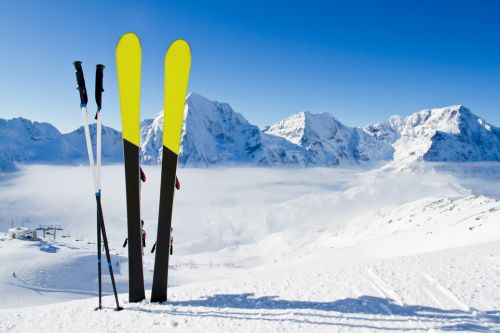
Equipment is the first thing you require for skiing or snowboarding. Ski resorts in South Korea usually offer a rental package that includes ski rental and lift pass costs. A complete rental package usually contains a lift ticket, poles, ski and snowboarding clothes, helmets, boots, and ski plates. The price of rentals varies depending on the resort and the package you choose. Still, you can rent ski-snowboard gear between 25,000 won ($17) and 40,000 won ($28).
Clothing and Protective Gear

Visitors can rent clothing and protective gear from the ski resort or rental shops, such as skis and snowboards. The must-have ski clothing includes a helmet, ski jacket, snow pants, goggles or sunglasses, gloves or mittens, and snowboard boots. These protect you from harsh winter conditions and ensure a safe skiing expedition. You can book your rentals in advance using Klook, Viator, and GetYourGuide to save time and ensure availability. You can also check rental options online for better deals and convenience.
Booking Your Lift Tickets in Advance
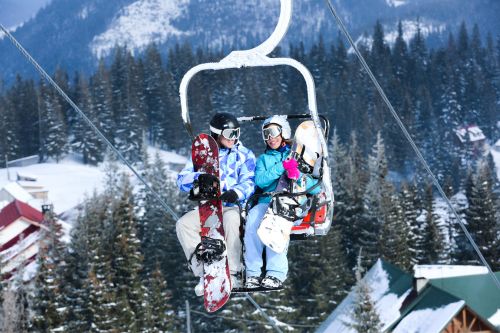
We can’t miss Lift tickets from our Ultimate Checklist for a Ski Trip in South Korea. These lift passes allow skiers or snowboarders to use the ski lifts on a mountain. You can buy a single-day lift ticket (valid for a specific day only), multi-day lift ticket (valid for consecutive days), or season passes (offer access to the lifts all season). Some helpful tips about purchasing lift tickets are:
- Purchasing tickets online before your visit will help you skip the lines and save time.
- Some ski resorts offer discounts for purchasing lift tickets in advance.
- Consider time-pass lift tickets, as they are flexible and allow you to access the slopes for a set period.
- Always check for discounts available for early bird bookings.
- It might be challenging to buy day passes if you are purchasing on-site.
- A season pass is ideal if you plan to ski for several weeks in one region.
- Choose a half-day pass if you are a first-time skier or quickly tire.
Visitors must also check the ski resorts’ opening dates, operating hours, and closing dates. For more details, check out Ski Resort in Korea: 2024-2025 Opening Dates in South Korea to plan your trip.
Arranging Transportation
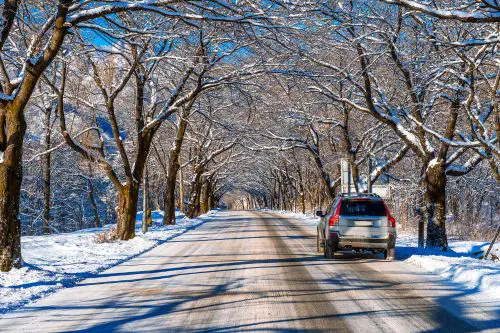
As mentioned, Seoul has no ski resort, so you must travel to other provinces to experience skiing. But what about the transportation options? Well, the first option is driving yourself. You can rent a car from rental services like Klook and drive to your ski destination. Pre-booking transportation services like Klook will ensure a hassle-free trip. If you already have a vehicle, ensure it is equipped for snow.
The next option is to reserve a shuttle bus to the ski resort. Most ski resorts offer shuttle buses directly from Seoul or other nearby cities. We also have plenty of shuttle bus options here at IVK. Check out the following list that details some of the famous ski resorts in regions near Seoul:
- Gyeonggi-do: Jisan Forest Resort, Konjiam Ski Resort, Bears Town Ski Resort
- Gangwon-do: Pyeongchang-gun, Alpensia Ski Resort, Yongpyong Resort
- Busan: Eden Valley Ski Resort
Considering Ski Lessons
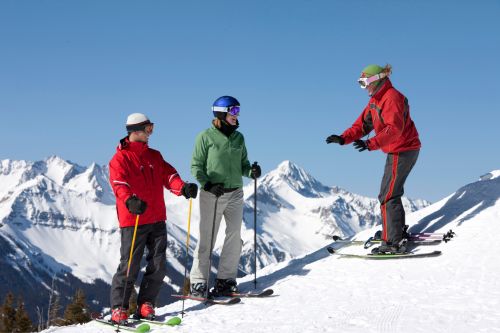
You don’t have to be a ski expert to enjoy skiing. However, you must have basic knowledge about skiing. If it’s your first time skiing, then lessons are a must. Beginners should book lessons in advance to learn the basics and ski safely. Your instructor will guide you on skiing, tackling the slopes, and developing new skills. A novice skier usually requires 3-4 lessons lasting two hours each.
Group and private lessons are available at most resorts in South Korea. These lessons can cost between ₩70,000 ($50) and ₩770,000 ($551), depending on the group size, lesson type, and ski resort. For instance, Vivaldi Park Ski Resort offers ski/snowboard lessons starting from $90. Likewise, a private ski/snowboard lesson at Yongpyong Ski Resort is available at $219. We also have a Private Ski/Snowboard Lesson at Alpensia Ski Resort at $174.
Check the Weather and Operational Status
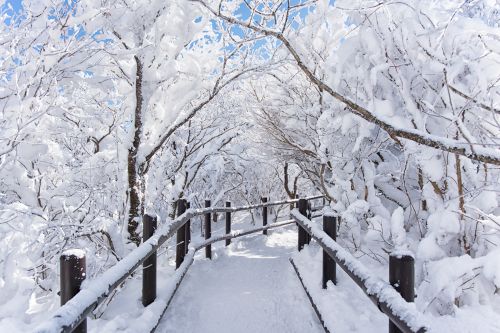
South Korea’s weather can be unpredictable, especially in Winter. The country has experienced historic snowstorms that have caused flight cancellations, ski resorts to close, and overcrowded public transit. Moreover, resorts might shut down their businesses due to the harsh weather and extreme snow conditions. Hence, visitors must always confirm the opening hours and lift operations before their visit. Resorts usually update their operating hours every new season. Let’s check out some of their opening hours and lift operations in 2024/2025 down below:
| Resort Name | Opening Date | Closing Date | Lift Operation Hours | Distance From Seoul |
| Jisan Forest Resort | 2024/12/4 | Early March 2025 | 07 AM ~ 04 AM | 61.2 km |
| Vivaldi Park Ski Resort | 2024/12/01 | 2025/03/03 | 8:30 AM ~ 10:30 PM | 96.9 km |
| Yongpyong Ski Resort | 2024/11/29 | 2025/03/17 | 09 AM ~ 12 AM | 197 km |
| Alpensia Ski Resort | 2024/12/03 | Mid-March 2025 | 09 AM ~ 12 AM | 193.7 km |
| Eden Valley Ski Resort | 2024/12/20 | Mid-March 2025 | 09 AM ~ 09 PM | 386.5 km |
| Konjiam Ski Resort | Late December 2024 | Early March 2025 | 09 AM ~ 04 AM | 51.6 km |
These opening times and lift operations might change based on weather, snow conditions, school holidays, and public holidays. Hence, always check the weather forecast and the resort’s operational status before making your trip. For more information, you can check this blog.
Explore More Winter Activities in South Korea
Skiing is the most sought-after winter activity in South Korea, with many locals and tourists participating yearly. A report found 3.8 million skiers in the 2021-22 season alone. However, skiing is only a part of what this country offers. Beyond skiing, South Korea offers plenty of exciting winter activities, such as:
Skating
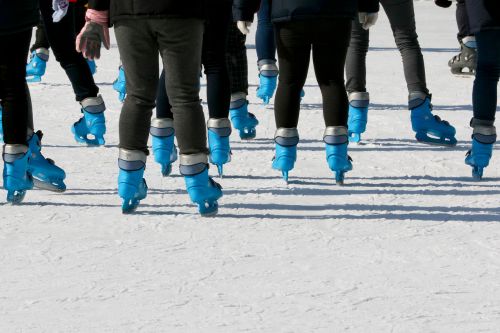
Who doesn’t love ice skating? You don’t need to travel to far provinces for this winter activity. You can enjoy it right in Seoul at the Seoul Plaza Ice Skating Rink. It offers an icy escapade from the city’s hustle and bustle. Also, the Lotte World Ice Skating Rink is your destination for an indoor ice skating rink. It is part of the iconic Lotte World Theme Park.
Sledding
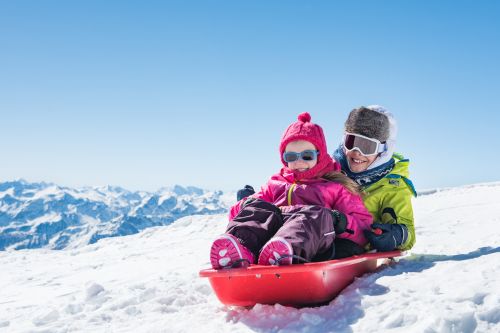
Although Seoul has no ski resorts, it is home to five sledding hills. Seoul Land transforms into a snowy playground every winter, and visitors can enjoy a one-of-a-kind sledding experience on its various slopes. Likewise, Ttukseom Hangang Park Sledding Hill is an ideal place for exciting winter sports. This place is usually open from December to February every year. Other notable sledding destinations are Jamwon Hangang Park Sledding Hill, Children’s Center Sledding Hill, and Dorimcheon Sledding Hill. Check out 13 Best Skating and Sledding Hills in Seoul for more details.
Snow Festivals
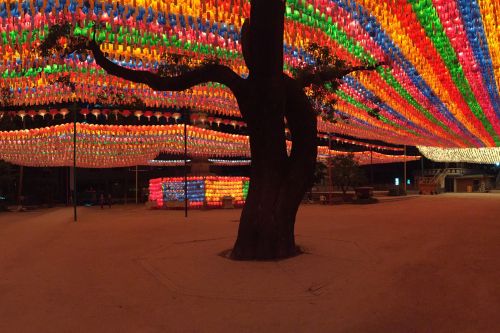
Winter in Korea is more than a weather change; it brings celebrations, happiness, and winter magic. The cities are covered in snow and colorful lights, with locals celebrating various festivals and occasions. Many spectacular snow and lighting festivals occur in Seoul and other provinces from December to March. Here are some of the must-see winter festivals and their dates in South Korea:
- Seokchon Lake Luminarie Festival: 2024/10/26 – 2025/02/28
- Garden of Morning Calm Lighting Festival 2024-2025: 2024/12/01 – 2025/03/16
- 2024 Seoul Lantern Festival & Gwangwhamun Square Market: 2024/12/13 – 2025/01/12
- Seoul Light DDP Winter: 2024/12/19 – 2025/01/01
- Lotte World Miracle Winter: 2024/11/23 – 2024/12/31
- Oak Valley Sonata of Light 3D Festival: January to December (Year-round)
- Eungbongsan Sunrise Festival: 2025/01/01
While most of these festivals offer free entry, some charge a small fee for visitors. To learn about entrance fees and more about festivals, see Festivals in South Korea.
Ice Fishing
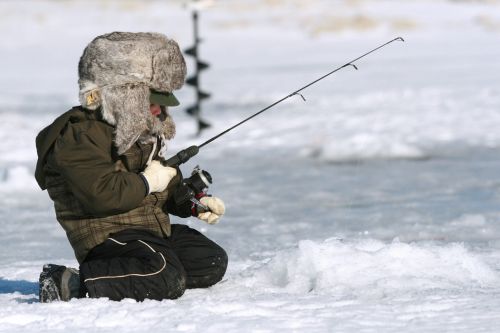
Have you ever tried ice fishing? If not, this is your chance to try it in South Korea this winter. Ice fishing is relatively simple; you only need to cut a hole in the ice on a lake and catch fish with lines through that opening. You can fish on your own or participate in annual ice fishing festivals. The Pyeongchang Trout Festival is an annual festival from December to January. Here, visitors will fish for trout on a frozen river in Pyeongchang. This festival features ice and lure fishing, fresh trout dishes, snow, ice, and folk programs.
Another world-renowned festival is the Hwacheon Sancheoneo Ice Festival. CNN once introduced this ice fest as one of the Seven Winter Wonders. Participants will fish for trout on the frozen Hwacheoncheon Stream and enjoy their fresh catch right on the spot. Other festival programs include ice sledding, ice soccer, snow sculpture, night fishing, ice bobsleighing, and barehand fishing.
We hope our Ultimate Checklist for a Ski Trip in South Korea has been helpful. Before beginning your trip, pack warm clothing, sunglasses, sunscreen, and other winter essentials. The early bird catches the worm; booking lift tickets in advance will offer you cheaper deals. Also, check the weather and plan about ski lessons, rentals, and transportation beforehand. Finally, make your trip more wonderful with other winter activities.
IVK’s Top Picks – Day Tours, Tickets, and Travel Activities
Seasonal Picks!😍


